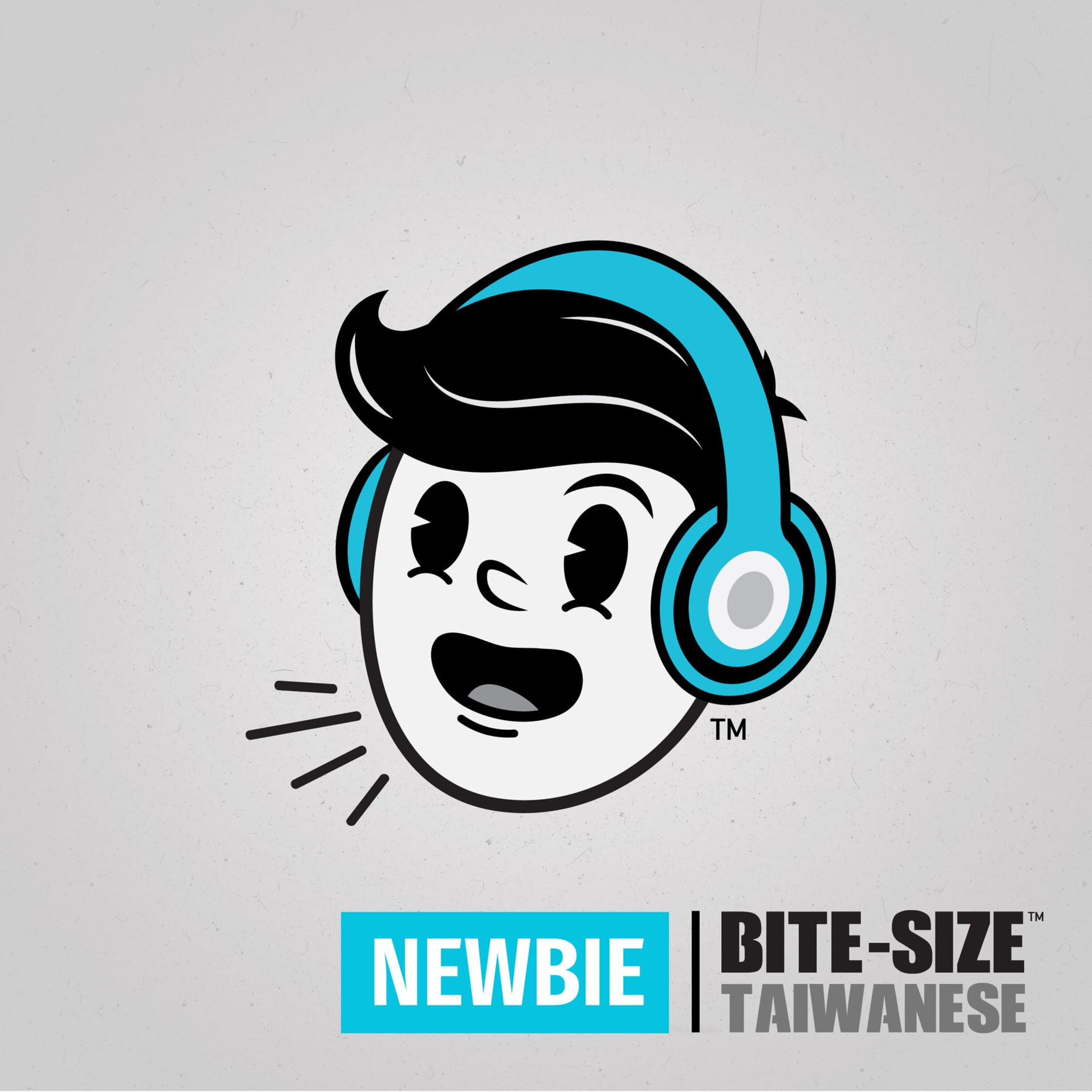Ep10: Where are the restrooms? | Piān-sóo tī tó-uī 便所佇佗位?
Description
In this episode, we’ve learned how to describe locations in Taiwanese and some commonly used location suffixes.
(These show notes use tables and rich formatting. Please visit the episode webpage for an optimal viewing experience.)
INDICATING THE LOCATION OF SOMETHING
To indicate the location of something, you can use the sentence pattern below:
something + tī + location phrase
The verb “tī” means “to be located in/at”, and can also be used as a preposition. In fact, many prepositions in Taiwanese come from verbs so sometimes they are also called “coverbs”.
The “location phrase” is essentially a noun. It can be formed by adding a general location word or a location suffix to the noun that serves as the reference point.
Here are some examples:
Tshiú-ki-á
tī
toh-á
-tíng.
cellphone
to be located at
table
top/above/on
“The cellphone is on the table.”
Piān-sóo
tī
lâu-tíng.
restroom
to be located at
upstairs
“The restroom is upstairs.”
*Syllables that require tone changes have been greyed out.
ASKING FOR THE LOCATION OF SOMETHING
As we’ve mentioned before, questions in Taiwanese don’t change the order of the sentence from a regular statement. To ask “where is something?”, you could simply replace the location phrase with the interrogative word “tó-uī”.
For example, when asking "where is the restroom?", you can say:
Piān-sóo
tī
tó-uī?
restroom
to be located at
where
SENTENCES AND VOCABULARY
Here are the words and phrases used in this episode.
TAIWANESE
ENGLISH
Piān-sóo tī tó-uī?
Where is the restroom?
piān-sóo
restroom(s)
Cultural note: the Taiwanese word for restroom came from the Japanese word 便所 (べんじょ) (benjo). There are many loanwords from Japanese in the Taiwanese language since Taiwanese was once under the Japanese rule.
tī
to be located somewhere
tó-uī / tueh
where, which place
Pronunciation note: “tó-uī” can also be contracted as “tueh”.
Piān-sóo tī hia.
The restroom is over there.
tsia
here
hia
there
lāi-té
inside; inside of something
guā-kháu
outside; outside of something
lâu-tíng
the floor(s) above, upstairs
Grammar note: “-tíng” is a suffix meaning above or on the top of
lâu-kha
the floor(s) below, downstairs
Grammar note: “-kha” is a suffix meaning under or beneath; also means “leg” or “foot”
ē-kha
a general location term meaning below or under
tī tshù-lāi / tī tshù lāi-té
to be in the house, at home
Grammar note: “-lāi” is a suffix meaning in or inside of
tshù
house
tshù-tíng
on top of the house; rooftop
tshù-kha
tenant or renter
tshiú-ki-á
cellphone, mobile phone
toh-á
table
For more about how to indicate locations and more location words, go check out our downloadable workbook! It also gives you additional vocabulary with characters, pronunciation notes, grammar explanations, culture tips, and fun exercises to help your practice.
Music Credit: TeknoAXE
More Episodes
In this episode, we’ve talked about eating at “stir-fry places” in Taiwan, asking for recommendations, and also the price.
(These show notes use tables and rich formatting. Please visit the episode webpage for an optimal viewing experience.)
SENTENCES AND VOCABULARY
TAIWANESE
ENGLISH
Ū...
Published 02/25/20
Published 02/25/20
In this episode, we’ve talked about personal pronouns like “you” and “I”, the “exclusive we” and “inclusive we”, and also how to express possession in Taiwanese.
Please visit the episode webpage for a detailed outline of the episode!
Published 02/18/20


